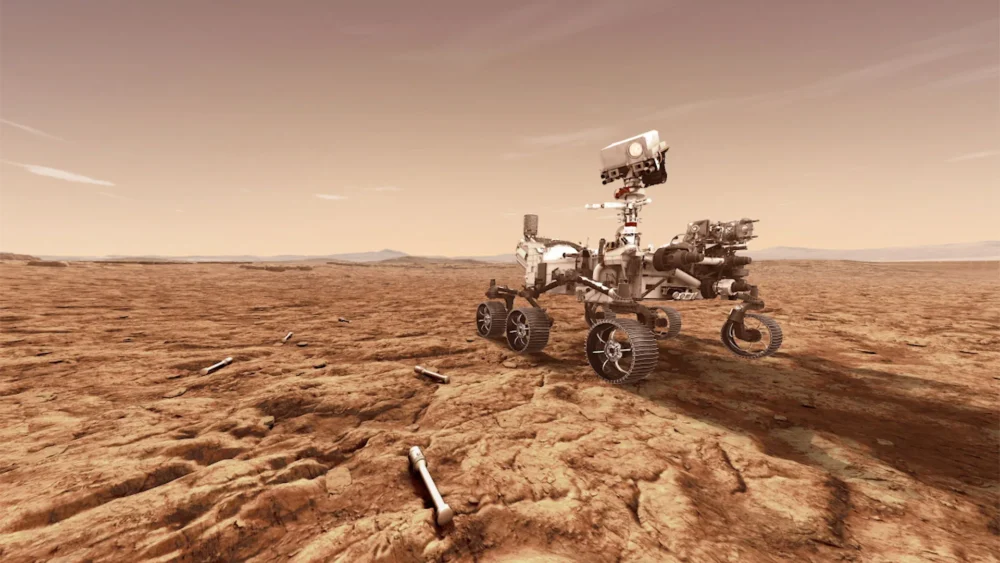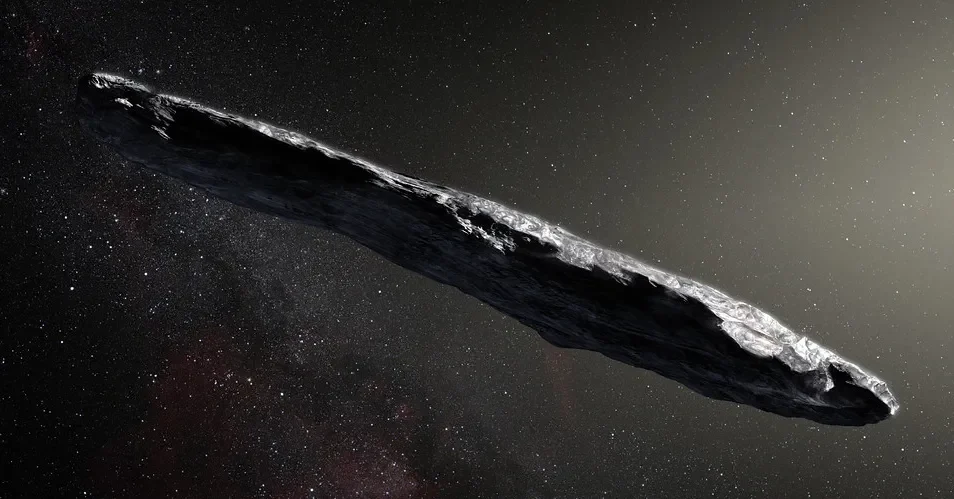NASA’s Perseverance rover has uncovered compelling new evidence in its quest to determine whether life ever existed on Mars. A sample taken in July 2024 from a mudstone core in Sapphire Canyon reveals mineral structures and textures that, on Earth, are frequently tied to microbial processes. Still, researchers caution that nonbiological chemistry could also account for these findings.
The mudstone sample—taken from a rock dubbed “Cheyava Falls” in an ancient river channel named Neretva Vallis, which once flowed into Jezero Crater—was sealed after drilling to be returned to Earth for more detailed study. Scientists used instruments aboard Perseverance, such as SHERLOC and PIXL, to map the presence of organic carbon together with iron, sulfur, and phosphate in patterned deposits.
Notable discoveries include the detection of two minerals: vivianite (an iron phosphate) and greigite (an iron sulfide). These minerals often form in watery, low-oxygen environments and are associated with biological activity on Earth. The sediments show layered structures and repeating features like small nodules and “leopard-spot” reaction fronts, which suggest slow chemical reactions at cool temperatures—conditions more favorable to preserving delicate biosignatures.
Although these attributes are consistent with life-friendly environments, they are not definitive proof of life. Organic compounds can also originate from meteorites or abiotic processes. Scientists stress that more testing—especially in Earth laboratories with more advanced tools—is needed to rule out alternate explanations.
The discovery advances Mars research by extending what we know about the planet’s habitability in the past. Whether these mineral patterns were formed by microbes or by purely chemical means, the findings give insights into how Mars’ chemistry changed over time. Upcoming efforts will focus on detailed isotopic studies, micro-texture analysis, and comparative experiments on Earth to distinguish biological signals from look-alikes.










